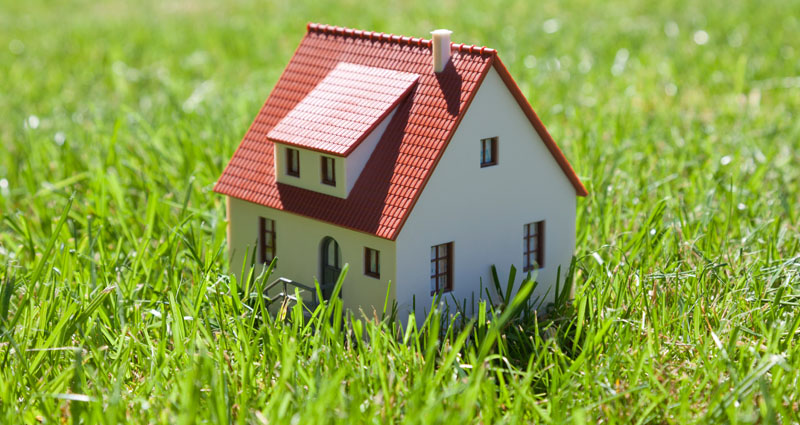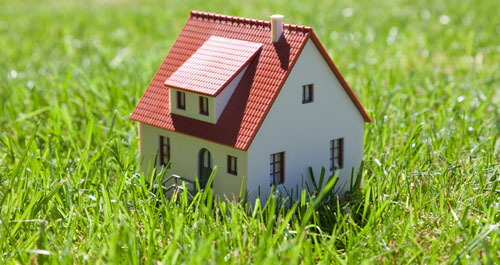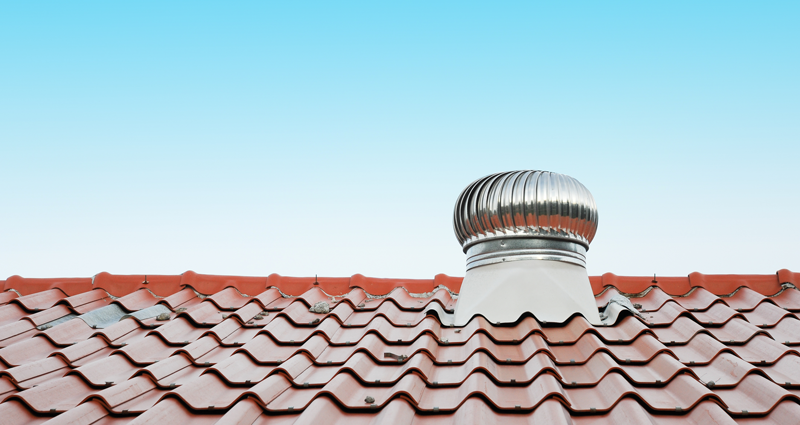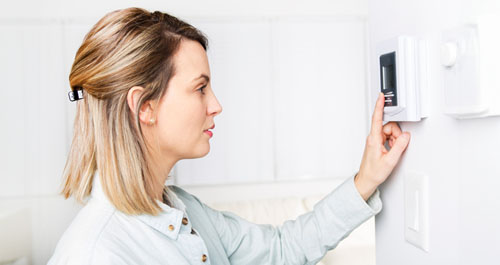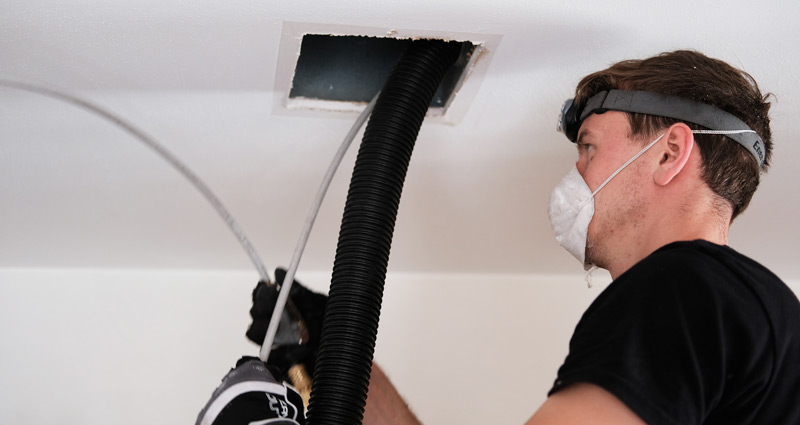The process of certifying a LEED home or LEED business can seem complicated. LEED might be the most rigorous national green building certification system in use, meaning homeowners and small business owners can have a hard time understanding what buildings and green practices it applies to. Not to mention the continuing role of operations and maintenance in sustaining that certification.
Let’s walk through the basics of LEED certification, both in terms of new construction and revamping current buildings. For more in-depth information, including some super-helpful and detailed downloadables, please visit USGBC.org/leed.
What is LEED certification?
Currently, LEED version 4.1 focuses on the energy use, health and environmental impacts of four main building elements:
- Materials — what’s in them, their effect on human health and the environment
- Performance — how well indoor environmental quality ensures the comfort and health of the building’s occupants
- Smart grid — using smart grid innovations to reduce energy usage and rewarding projects that participate in demand response programs
- Water Efficiency — using less water more efficiently as well as its uses for cooling and heating
LEED certified buildings use 20-30% less energy than comparable un-certified buildings and minimize exposure to airborne toxins and pollutants. This can enhance their value by about 4%, making LEED certification a valuable asset for any LEED business or LEED home.
The Process of achieving a LEED certification
Understanding the basics
Before diving into the specifics, it’s important to understand what the process entails. When aiming for a LEED certification for a business or home, the process should start with finding an architect and building team that have LEED credentials and experience. Additionally, consider that LEED certification is available to the following:
Here's an overview of the steps for new commercial (LEED business) and residential (LEED home) certification.
1. Register your project
To begin, you’ll need to register your project on LEED Online. This is the first step in your LEED home or LEED business journey.
LEED home projects require on-site verification and performance testing, in which a LEED for Homes Provider Organization oversees the certification process and lines up Green Raters and Energy Raters to provide quality assurance for the project. You can learn more about LEED certification for building your new home at Green Home Guide.
Commercial projects, on the other hand, require 3 people on the project team: an owner who controls the property, an agent who has authority from the owner to register the project, and a project administrator who manages the project and checks that LEED submissions are complete.
2. Application or verification
Following registration, LEED business and LEED home projects diverge even more.
LEED business projects apply for LEED certification by identifying LEED credits to pursue and assign them to project team members. They then submit their completed certification application through LEED Online and pay a certification review fee.
LEED home projects go through verification by meeting with the verification team on-site to establish the LEED Certification Level, the LEED credits to be met, and contact procedures. These visits will include a pre-drywall visit to inspect framing, plumbing, wiring, and even construction waste management, and a second visit to test the home’s performance.
Once all construction documentation is complete, it is submitted for review.
3. Understanding the review process
After application or verification, your LEED application is reviewed by Green Business Certification Inc. (GBCI). At this point, you can accept that review’s results as final or submit additional information and amend your application for final review, however, the final review cannot be appealed.
4. Finally, achieving certification
After the review, you’ll receive a LEED certification based on the points accrued for targeted credits. This step confirms your commitment to sustainable LEED home and LEED building operations.
LEED for existing commercial buildings
LEED for existing buildings helps building owners operate their buildings in a sustainable and efficient way over the long term by providing certification and re-certification of building operations to recognize building owners’ ongoing achievements. Certification here looks at maintenance programs, water and energy efficient use practices, indoor environmental quality, use of environmentally friendly products and waste stream management.
Existing buildings can also benefit from following the Operations & Maintenance (O&M) Rating System, a set of voluntary performance standards for the sustainable ongoing operation of buildings.
What about LEED home renovations?
While the journey to LEED certification is more commonly associated with new buildings, some existing buildings may qualify for LEED certification, and there is a LEED certification process for remodeling or home renovations.
Key considerations for LEED home renovations
Successful LEED home renovations require meticulous planning, including the right materials, proper waste management during construction, and implementing energy-efficient solutions. Homeowners should work with contractors who have experience in LEED projects to ensure that all aspects of the renovation align with LEED standards.
Just like new constructions, LEED home renovations undergo a similar process involving inspections and testing at various stages of the renovation. Once complete, the project is reviewed and, if all standards are met, the home is awarded LEED certification.
Looking ahead: the introduction of LEED v5
As you prepare for your journey into sustainability, it should be noted that LEED v5 is expected to arrive in 2025. With this new version, requirements and processes for obtaining LEED certification are likely to evolve. For those planning to pursue a new LEED home or LEED business certification, staying up to date with upcoming changes will be essential.
Embarking on the journey of LEED certification can be a significant step toward sustainability. Whether you are seeking LEED certification for a home or business, having a full understanding of the requirements can guide you toward making more sustainable choices.























